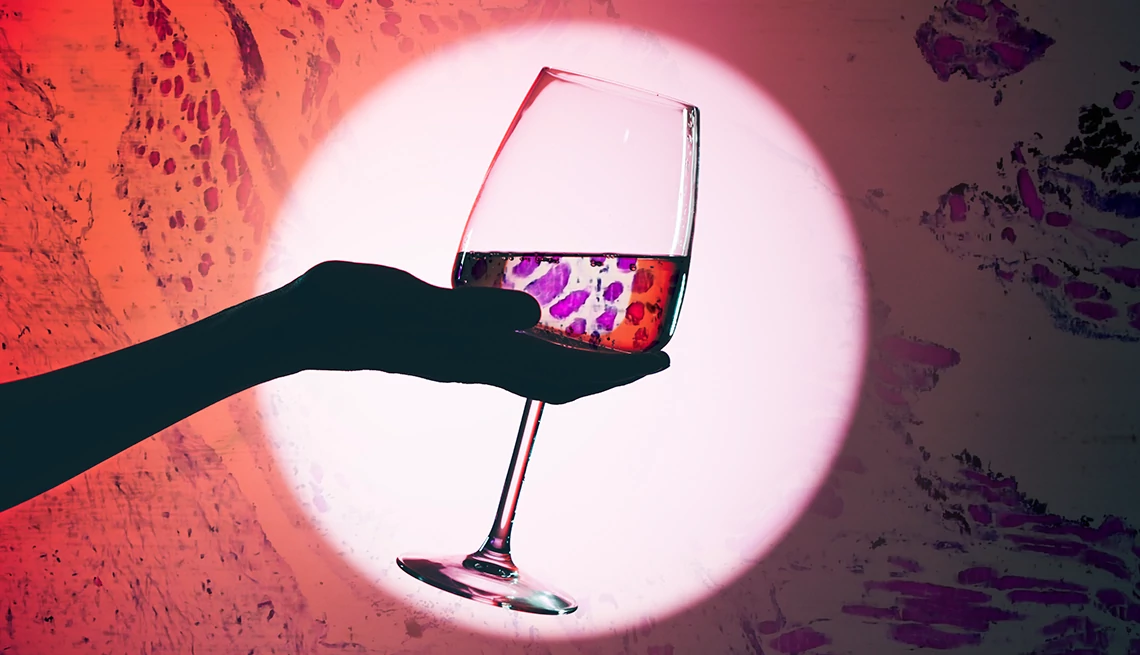
When you set your clock forward an hour every spring for daylight saving time (DST)— as we'll do on March 9 — it doesn’t just make you feel tired, experts say. A growing amount of research indicates that it also affects your body in other surprising and negative ways.
For most people, setting the clock ahead in the spring is the most dreaded change. The average person gets about 40 minutes less sleep on the Monday after “springing forward” for daylight saving time, according to the Sleep Foundation.
Effects of daylight saving on the body
Daylight saving time throws your body’s internal clock out of whack, which can negatively affect your health in ways you don’t realize, says Jocelyn Cheng, M.D., a neurologist and sleep medicine specialist who is the vice-chair of the Public Safety Committee for the American Academy of Sleep Medicine.
Impaired decision-making
Scientists have long known that lack of sleep can affect your ability to think and make decisions. Studies also show that people who don’t get enough shut-eye are more likely to take risks and make mistakes.
“Light is the most powerful regulator of our circadian rhythm. When we change the light exposure we get in the morning and at night, it throws that off,” Cheng says. “There are adverse health consequences and real-life consequences as a result of that.”
Losing an hour may not seem like a big deal, but it “really can have a significant impact on our overall health and well-being,” says Melissa Lipford, M.D., a neurologist and sleep specialist at the Mayo Clinic.
Should we keep daylight saving?
Daylight saving time has been around in the United States since 1918 when it was thought to save energy during World War I. In recent years, increasing concerns about health effects have prompted at least 40 states to propose legislation to eliminate the twice-yearly time changes.
Here are six ways the disruptions from daylight saving time in the spring can affect your body.
1. Higher risk of heart attack and stroke
Daylight saving time takes a toll on your heart. One study found a 24 percent increase in heart attacks on the Monday after daylight saving time starts. Another found the risk of stroke is 8 percent higher on the two days following the time change.
In addition, the number of people hospitalized with atrial fibrillation, or A-fib — the most common type of irregular heartbeat — surges in the days following the spring time change, according to a 2020 analysis of 6,089 patient admissions at Montefiore Medical Center in New York. One study found the risk of stroke is 8 percent higher on the two days following the spring and the fall time change.
3. Difficulty with memory and focus
Lack of sleep negatively affects memory, attention span and focus, research shows.



)&credit=Photo%20Collage:%20AARP;%20(Source:%20Getty%20Images%20(2)))
